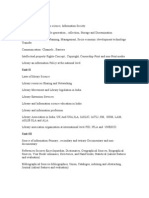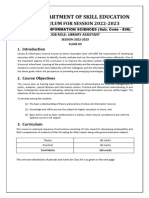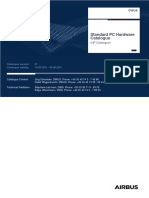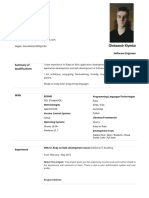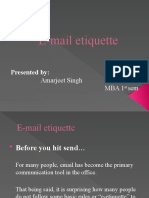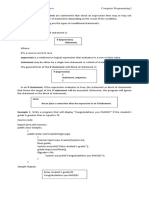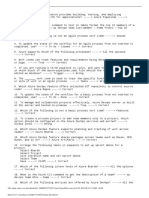0% found this document useful (0 votes)
19 views5 pagesLibrarian Syllabus
The document outlines a detailed syllabus for the post of Librarian Grade IV in the State Central Library, covering ten modules that include topics such as Library and Information Science foundations, knowledge organization, information communication, information sources, and library management. Each module is assigned a mark value of 10, totaling 100 marks, and addresses various aspects of library operations, cataloguing, metadata, intellectual property rights, information technology applications, and digital libraries. Additionally, it notes that questions may also cover other topics related to the educational qualifications for the position.
Uploaded by
palravinder6655Copyright
© © All Rights Reserved
We take content rights seriously. If you suspect this is your content, claim it here.
Available Formats
Download as PDF, TXT or read online on Scribd
0% found this document useful (0 votes)
19 views5 pagesLibrarian Syllabus
The document outlines a detailed syllabus for the post of Librarian Grade IV in the State Central Library, covering ten modules that include topics such as Library and Information Science foundations, knowledge organization, information communication, information sources, and library management. Each module is assigned a mark value of 10, totaling 100 marks, and addresses various aspects of library operations, cataloguing, metadata, intellectual property rights, information technology applications, and digital libraries. Additionally, it notes that questions may also cover other topics related to the educational qualifications for the position.
Uploaded by
palravinder6655Copyright
© © All Rights Reserved
We take content rights seriously. If you suspect this is your content, claim it here.
Available Formats
Download as PDF, TXT or read online on Scribd
/ 5













